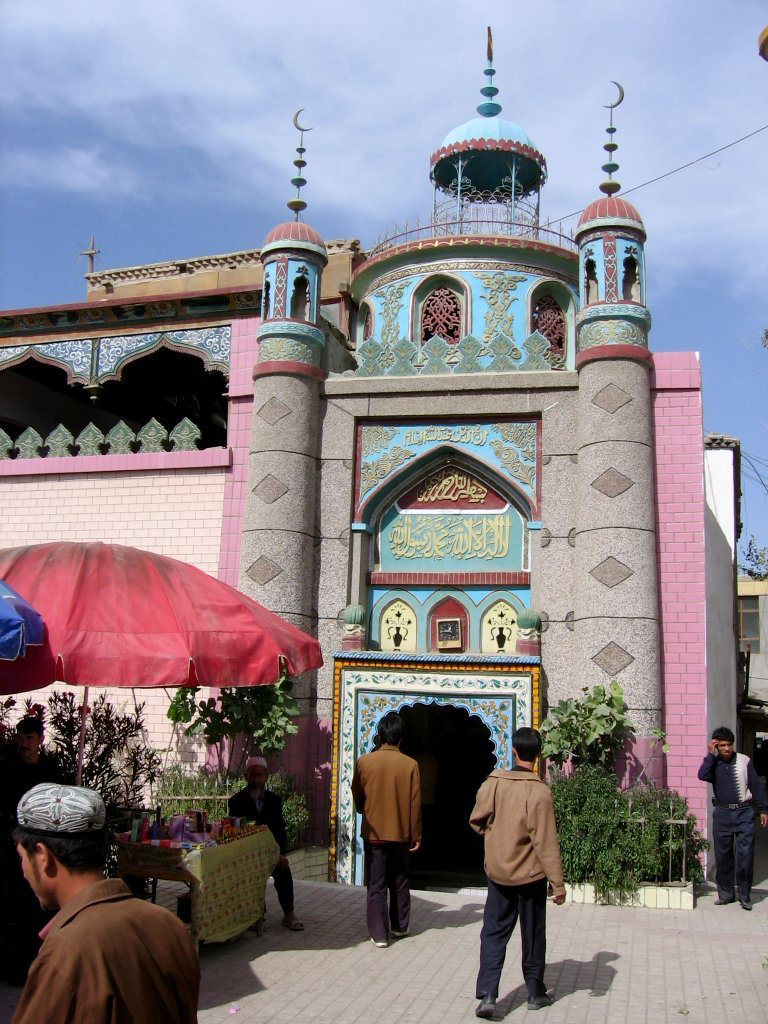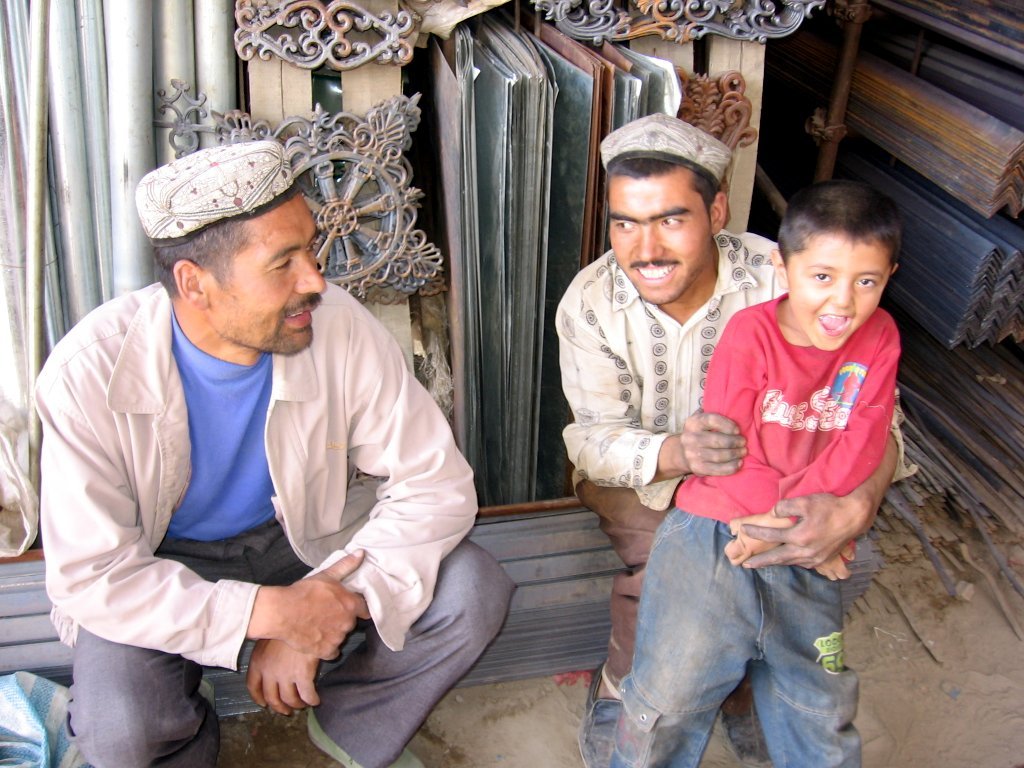By Seth Dixon, Ph.D., Assistant Professor of Geography at Rhode Island College
The government of the People’s Republic of China calls the country’s westernmost region Xinjiang, but the people who have lived there for centuries refer to their home as Eastern Turkistan. Oftentimes when two groups do not refer to a place by the same name, it points to a cultural or political conflict, as is the case here. Xinjiang means “New Territory” or “New Frontier,” exemplifying China’s geopolitical and economic purposes for expanding into this lightly populated, resource-rich region, most recently in 1949. This was to be a place for the Han Chinese to use as a buffer zone from other powerful neighbors. After mineral exploration revealed extensive energy resources, this area became an important part of China’s economic goals as well as their political ambitions to protect their demographic core. As they extracted natural gas, oil, and coal, many Han Chinese moved to this region because of economic opportunities presented by the growing energy sector that fuels the modern Chinese economy. Han Chinese migration had a profound impact on the sparsely-populated region’s demographics: The Uygur people are now statistically a minority group in the place that has always been their homeland.

Because of Xinjiang’s location along the Silk Road, the Uygur people traded, interacted, and were influenced by many cultures. This area is more culturally linked to Central Asia than Eastern Asia—its inhabitants speak a Turkic language and are predominantly Muslim. Though lacking Tibet’s broad cultural recognition in the West, the Uygur population in China has dealt with many of the same political problems in their struggle for greater autonomy. The Uygurs have become a minority in their own homeland, and there have been numerous violent ethnic clashes since 2009. China’s Uygur have long looked west towards the Central Asian states and Turkey, whose people share linguistic and cultural similarities with them. Many Uygur refugees see Turkey as a safe haven.

China has a history of suppressing linguistic and religious minorities. The Uygurs in Eastern Turkestan are currently facing an official crackdown on their cultural identity under the guise of countering “religious extremism” and terrorism. Paradoxically, many reports indicate that the Chinese repression of Uygurs’ political rights has led to a radicalization of separatist groups.
The government has banned many public displays of religious observance in Xinjiang. It is illegal for students and public workers to fast during the Muslim holy month of Ramadan. In December 2014, Xinjiang banned the wearing of ‘veiled robes’, and in March 2015, a regional Communist party official publicly denounced Muslims that wear a hijab for not being a part of modern, secular China. The provincial government has also launched a program called “Project Beauty” that encourages women not to cover their hair or faces. Use of the Uygur language is restricted and not taught as the principle language in government schools. Women, children, and civil servants are forbidden to enter mosques, and parents are not allowed to give their children any religious instruction. This is how many ordinary Uygurs are being treated, but political rebels are even more at risk. Uygur separatists have been subjected to imprisonment and some say they have been tortured. Some Uygurs in Xinjiang feel that their culture has been diluted but they lack the power to revitalize it.

ANALYZE THE CULTURAL LANDSCAPE IN YOUR CLASSROOM
Below is a gallery of murals in Xinjiang that reinforce Beijing’s political, cultural and economic objectives in the region. These images from the BBC are perfect for students to analyze the cultural landscape and see how power and resistance are inscribed within it .
Ask your students: What do these images tell you about the situation? What are the meanings embedded in these colorful murals?




Find Seth on social media as @ProfessorDixon on Twitter, Facebook, Scoop.it! and Instagram. Each week, we’ll be featuring his latest ideas on this blog as well as on @NatGeoEducation.

5 thoughts on “One Place, Two Names”